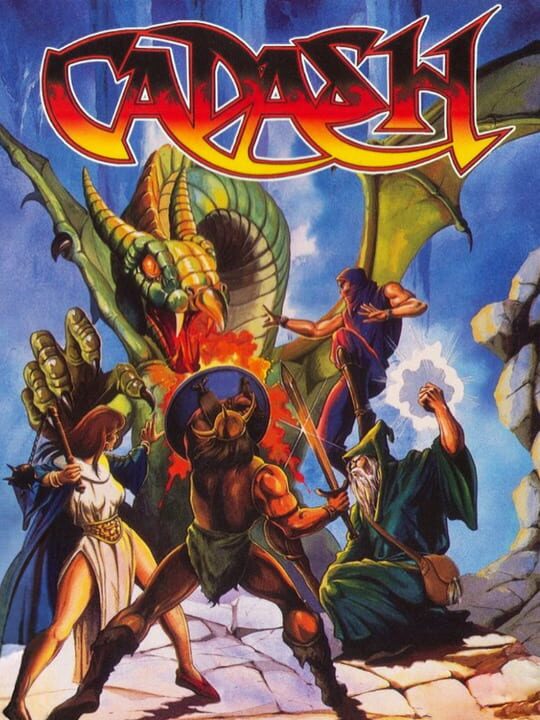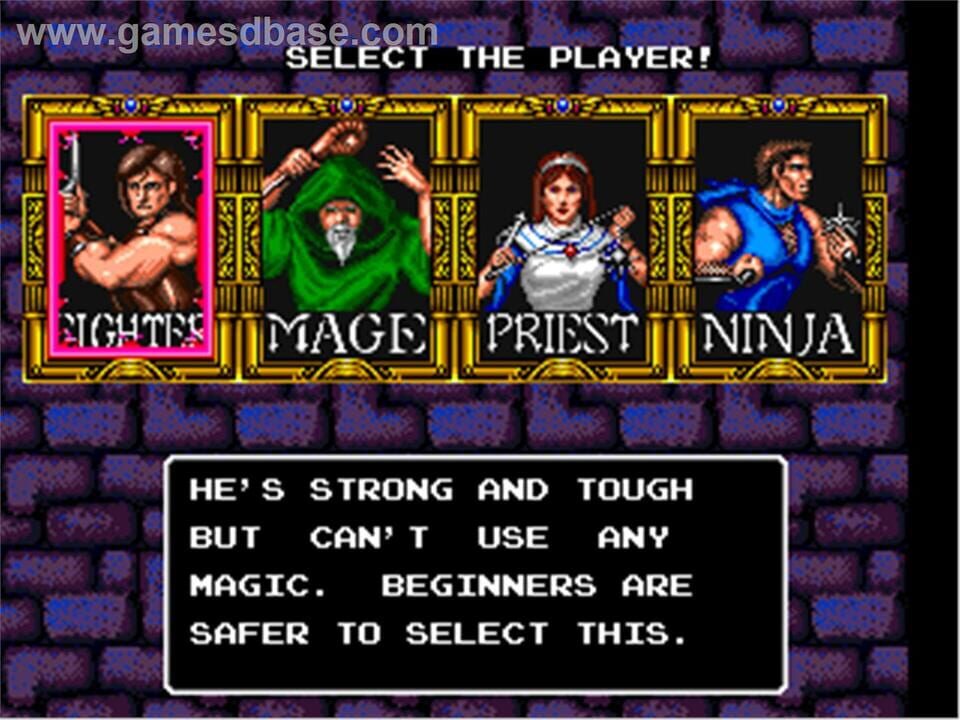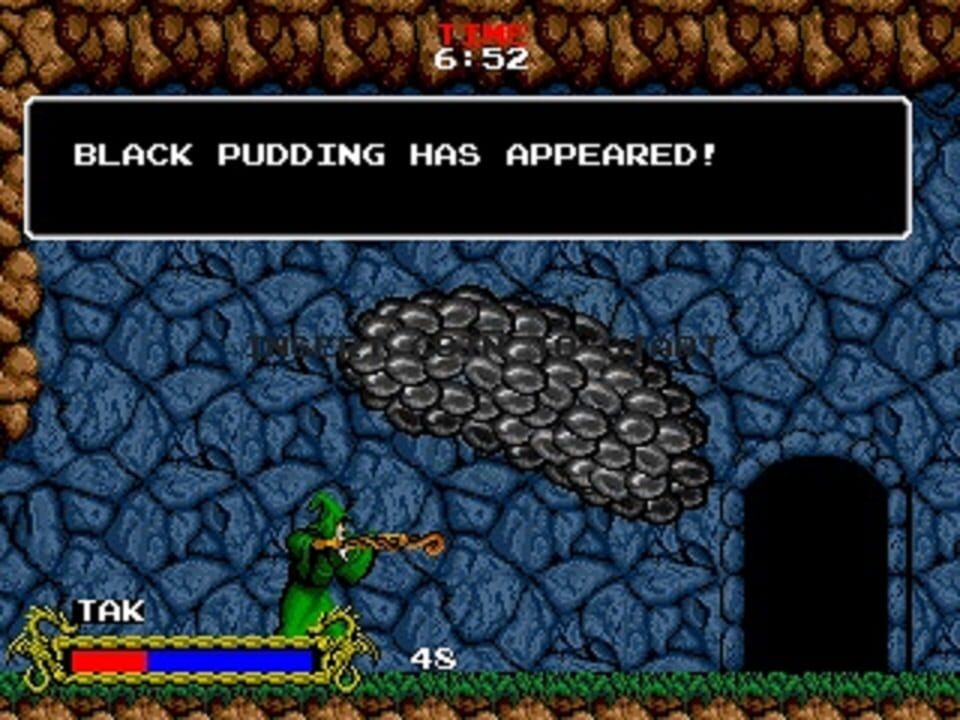Cadash

Game Information
Original Release Date: December 31, 1989
Platforms: Arcade, Sega Mega Drive/Genesis, TurboGrafx-16/PC Engine, Wii
Involved Companies: Taito Corporation, Cyclone System
Genres: Fighting, Role-playing (RPG), Adventure
Summary: Cadash is an early example of what would become a fairly common trend in Japanese-made arcade games of the early 1990s: the "platform-RPG". Cadash borrows many principles of Zelda II: The Adventure of Link's gameplay, combining side-scrolling platform action with an RPG system of statistics, levels, money and magic. Four characters can play at once in the arcade version, and up to two players may select from four different characters in the console versions: fighter, mage, priestess, and ninja, each with different attacks, statistics and skills. Players then proceed through each level, killing monsters and bosses, collecting keys to unlock doors and collecting gold and experience. Gold is also taken from slain foes and treasure chests. Villages sell items, weapons, armor and (in the console versions) extra lives, with each village encountered providing better equipment. Some villagers and benevolent creatures will also provide information. The arcade version has a limited game time, which can be extended by buying progressively more expensive hourglasses at shops, or by picking up rare bonuses. In shops, and in hidden places, are medicinal herbs which restore 10 HP if brought to zero, and antidotes which cure poison inflicted by specific foes. There are also two elixirs in the game that act like medicinal herbs, except that they restore all HP. There are five stages in the game. Stages one, two and four consist of two worlds, above and below ground. Stage three consists of three worlds. Stage five is set entirely within Castle Cadash. The environments differ significantly, from pleasant meadows to caves, and from forests to underwater environments. Some foes encountered in these levels are derived from common mythology while others are completely made up for the game.


